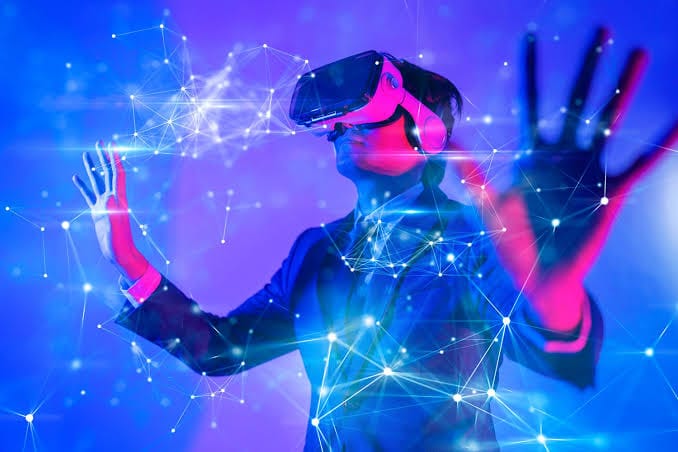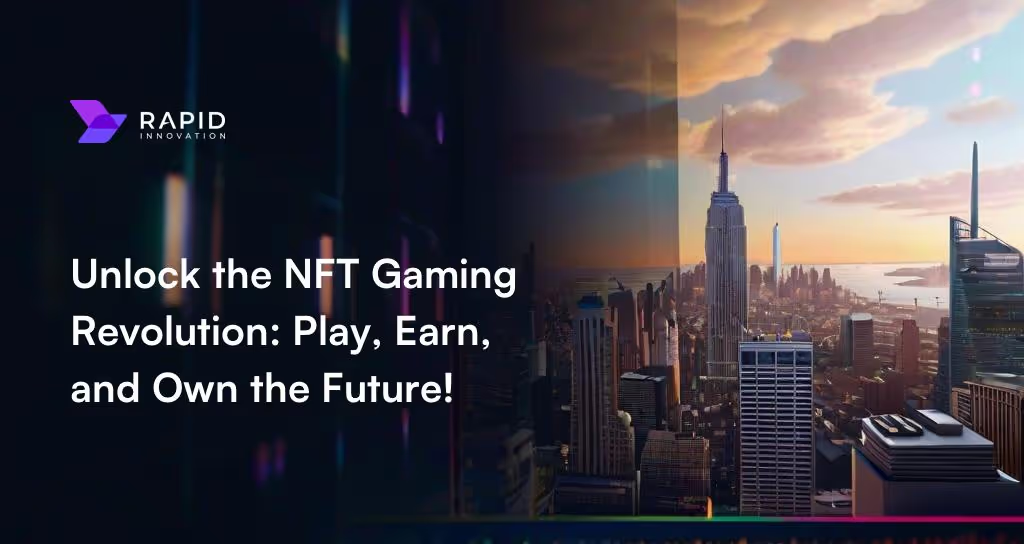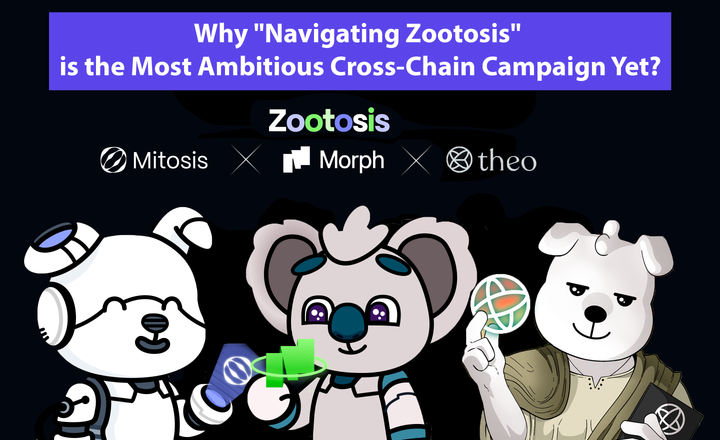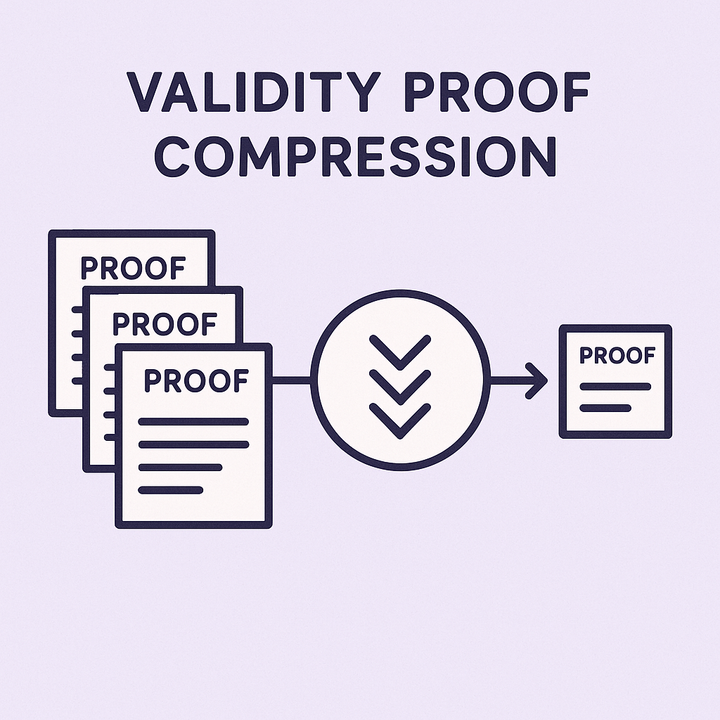The Metaverse: How Web3 is Powering Virtual Worlds and Digital Economies

The concept of the metaverse—a shared, immersive virtual world where users interact, work, play, and transact—has captured the imagination of technologists, creators, and businesses alike. Once a far-off vision from science fiction, the metaverse is rapidly becoming a reality, fueled by Web3 technologies like blockchain, non-fungible tokens (NFTs), decentralized finance (DeFi), and smart contracts. These innovations are not only enabling the creation of persistent virtual worlds but also revolutionizing digital economies, social experiences, and the concept of ownership in virtual spaces.
Web3: The Foundation of the Metaverse
Web3 represents the next evolution of the internet—one that prioritizes decentralization, user ownership, and trustless systems, powered by blockchain technology. Unlike Web2, where centralized platforms control user data and interactions, Web3 shifts the power back to the users, allowing them to control their digital identities, assets, and transactions. This paradigm shift is crucial for the metaverse, as it provides the foundational infrastructure for creating open, interoperable, and user-driven virtual worlds.
At the heart of Web3 is the ability to create decentralized systems where no single entity controls all the data and interactions. This decentralization fosters innovation, ensures privacy, and eliminates the risk of censorship. For the metaverse to thrive, users need a trustless ecosystem where they can interact, trade, and own digital assets without relying on centralized intermediaries.
Key Web3 Technologies Powering the Metaverse
Web3 technologies are the key enablers of the metaverse. From blockchain and NFTs to smart contracts and decentralized finance (DeFi), these innovations lay the groundwork for a truly decentralized virtual economy. Let’s dive deeper into how each of these technologies powers the metaverse:
Blockchain: The Backbone of the Metaverse
At the core of Web3, blockchain technology provides a decentralized, transparent ledger for recording transactions. In the metaverse, blockchains like Ethereum, Solana, and Polygon enable secure, transparent, and immutable transactions, which are essential for building a thriving virtual economy. Blockchain guarantees that virtual land, avatars, in-game items, and other assets are verifiably scarce, unique, and owned by the users themselves—not a central authority or platform operator.
By using blockchain to record ownership, users can trade virtual items, assets, or even entire virtual worlds without the need for intermediaries. This decentralized approach is vital for ensuring that no single entity can control the economy or restrict access to virtual goods and services.
For example, in Decentraland and The Sandbox, users can purchase virtual plots of land, build structures, and even host events. These assets, recorded on a blockchain, have real-world value, and users have full control over their digital property. Blockchain technology not only creates trust in these virtual spaces but also fosters a sense of permanence, ensuring that users’ assets and data are safe and secure.
Non-Fungible Tokens (NFTs): Digital Ownership and Interoperability
Non-fungible tokens (NFTs) are unique digital assets stored on a blockchain, and they represent ownership of items such as virtual real estate, digital art, in-game collectibles, and more. In the metaverse, NFTs enable true digital ownership, allowing users to buy, sell, trade, and showcase their virtual assets across platforms. NFTs are revolutionizing the way we think about ownership in digital spaces, as they make it possible for users to hold and control assets with verifiable provenance and authenticity.
A key feature of NFTs in the metaverse is their interoperability. For example, a virtual sneaker NFT purchased in one metaverse game can be used in another game or virtual world, allowing users to move their assets seamlessly between different platforms. This level of interoperability is essential for creating a fluid and connected metaverse economy, where assets retain value and utility across different virtual environments.
NFTs are not just limited to virtual goods like avatars or items. They also serve as digital representations of real-world assets, including art, music, and intellectual property. Creators can tokenize their works, ensuring that ownership and royalties are transparently tracked and enforced via smart contracts.
Smart Contracts: Automating Transactions and Trust
Smart contracts are self-executing contracts with the terms of the agreement directly written into code. They automatically execute, control, and enforce the performance of a contract when predefined conditions are met, without the need for intermediaries. In the metaverse, smart contracts power transactions such as virtual property sales, creator royalties, and asset exchanges.
For example, when a user purchases virtual land in a metaverse platform like Decentraland, the transaction is executed via a smart contract. The contract automatically transfers ownership of the virtual land to the buyer and updates the blockchain ledger without requiring human intervention. This automation ensures that the transaction is secure, transparent, and irreversible.
Smart contracts also help establish trust between users in the metaverse, as they provide clear rules and guidelines for all parties involved. Whether it’s for virtual real estate deals, decentralized finance protocols, or in-game transactions, smart contracts enable users to interact confidently in a decentralized, trustless environment.
Decentralized Finance (DeFi): Virtual Financial Services
Decentralized Finance (DeFi) is the application of blockchain and smart contract technology to recreate traditional financial services in a decentralized manner. In the metaverse, DeFi protocols enable users to lend, borrow, trade, and stake virtual assets, creating new ways to earn income and participate in the virtual economy.
For example, users can stake virtual assets like NFTs or cryptocurrency in liquidity pools to earn rewards. Additionally, DeFi allows for the creation of decentralized lending and borrowing platforms, where users can take out loans using virtual assets as collateral. This opens up new financial opportunities within the metaverse, empowering users to generate passive income or access capital for investment purposes.
DeFi also enables cross-platform virtual currencies, where users can exchange virtual tokens or cryptocurrencies seamlessly across different metaverse platforms. This interoperability between virtual worlds reduces friction in digital asset transactions and allows for a more connected and inclusive virtual economy.
Decentralized Autonomous Organizations (DAOs): Community Governance
A Decentralized Autonomous Organization (DAO) is a community-governed organization that operates on a blockchain. DAOs allow users to collectively manage virtual worlds, vote on development decisions, or fund projects. In the metaverse, DAOs give users a direct say in the evolution of virtual spaces, ensuring that decisions are made democratically and transparently.
One of the most prominent examples of a DAO in the metaverse is Decentraland, a virtual world governed by its users through a DAO. Decentraland users can propose and vote on updates, events, and the allocation of funds. This decentralized approach to governance ensures that the community has control over the direction of the virtual world, fostering a sense of ownership and participation.
DAOs also enable the creation of community-driven virtual spaces, where users can collaborate on building projects, share resources, or create new experiences. The ability for communities to govern themselves and make collective decisions is fundamental to the ethos of Web3 and is shaping the future of the metaverse.
Impact on Virtual Economies
Web3 technologies are redefining virtual economies by introducing true ownership, scarcity, and interoperability, which in turn create new economic opportunities for creators, businesses, and users. Let’s explore how these innovations are transforming the virtual economy.
True Digital Ownership
In traditional virtual worlds, items such as in-game skins, virtual currency, and collectibles are controlled by platform operators. Players do not truly own these items, as the platform can restrict access or alter the virtual economy at any time. Web3 changes this dynamic by enabling true digital ownership through NFTs and blockchain technology.
In platforms like The Sandbox and Axie Infinity, players own their virtual land, characters, or items as NFTs. This ownership allows users to trade, sell, or lease these assets on open marketplaces like OpenSea. By giving users the ability to buy and sell digital assets freely, Web3 technologies create a new type of virtual economy where users can build wealth and invest in digital assets.
Play-to-Earn and Creator Economies
Web3 has also introduced the play-to-earn (P2E) model, which allows users to earn cryptocurrency or NFTs by participating in virtual worlds. Axie Infinity, for instance, allows players to earn tokens by breeding, battling, and trading virtual creatures, while platforms like The Sandbox provide tools for users to create and monetize their own virtual experiences. These play-to-earn models are especially impactful in developing economies, where they offer a new form of income generation.
For creators, Web3 has opened up new revenue streams by allowing them to tokenize and sell their digital art, music, or virtual experiences. This democratization of content creation enables creators to bypass traditional intermediaries and retain greater control over their work. As a result, creators in the metaverse can earn a sustainable income by directly engaging with their audiences.
Interoperable Economies
Web3 enables interoperability, allowing digital assets to move seamlessly across different platforms. A virtual item, such as a sword or helmet, purchased in one game can be used in another game or metaverse platform, creating a fluid and interconnected digital economy. This interoperability reduces reliance on closed ecosystems and promotes competition among platforms, which benefits users by offering them more choices and opportunities to monetize their assets.
Interoperability is a core feature of the metaverse, as it allows users to move between virtual worlds while retaining ownership of their digital assets. The ability to transfer assets across platforms enhances user freedom and utility, making the metaverse a more vibrant and engaging space.
Virtual Real Estate and Investment
Virtual real estate has become a booming market within the metaverse. Platforms like Decentraland and The Sandbox have seen land sales reach millions of dollars as investors purchase parcels of virtual land to develop experiences, host events, or lease out for profit. Virtual real estate transactions are facilitated by blockchain, ensuring that ownership is secure, transparent, and verifiable.
In 2021, a virtual plot in Decentraland sold for over $2.4 million, demonstrating the speculative and investment potential of virtual property. This market mirrors real-world real estate in many ways, with virtual land appreciating in value over time and offering new avenues for investment and income generation.
Transforming Social Experiences
The metaverse is not just about virtual economies—it’s also reshaping how we connect and interact with others. Web3 technologies enhance social experiences by giving users greater control over their digital identities, ensuring privacy, and enabling creative expression.
Decentralized Identities
Web3 allows users to create decentralized digital identities that are tied to their blockchain wallets or NFTs. These identities allow users to maintain consistent personas across different platforms without relying on centralized services, such as social media accounts. For example, an avatar linked to an Ethereum wallet can seamlessly move between Decentraland and Horizon Worlds, carrying with it its reputation and digital assets.
This approach to digital identity provides users with greater control over their personal information and ensures that their data is secure. It also enables users to engage with others in the metaverse without relying on traditional, centralized identity verification systems.
Community-Driven Worlds
DAOs play a crucial role in enabling community-driven metaverse experiences. Users can propose and vote on features, events, and governance rules, ensuring that virtual worlds are shaped by their communities. By participating in DAOs, users can collaborate, share ideas, and contribute to the development of virtual spaces.
One notable example of a community-driven world is the Bored Ape Yacht Club (BAYC), where holders of BAYC NFTs have access to exclusive events and collaborations. This fosters a sense of community and belonging, allowing users to form tight-knit social groups within the metaverse.
Immersive and Creative Expression
Web3 also lowers the barriers for creators to build and share content in the metaverse. Artists, musicians, and developers can create NFT-based virtual sculptures, host concerts in virtual venues, or develop immersive games within platforms like The Sandbox. These experiences enrich social interactions and allow users to connect through shared creativity.
As the metaverse grows, these creative experiences will continue to evolve, providing users with new ways to express themselves and connect with others in virtual spaces.
Integration of Digital Assets and Ownership
One of the most transformative aspects of Web3-powered metaverse is the seamless integration of digital assets and ownership. By leveraging blockchain and NFTs, users can own and trade assets that have both virtual and real-world value.
Cross-Platform Asset Portability
Web3’s interoperability ensures that digital assets are not locked to a single platform. For example, a virtual car NFT purchased in one racing game can be used in another game, enhancing the utility and value of virtual assets across different virtual worlds.
This cross-platform portability opens up new possibilities for users to engage with digital assets in creative ways, while ensuring that ownership is clear and transferable across ecosystems.
Real-World Value for Virtual Assets
In the metaverse, virtual assets often have real-world value. NFTs representing digital art, virtual real estate, or in-game items can be traded for cryptocurrencies or fiat money. High-profile NFT sales, like the sale of Beeple’s digital artwork for $69 million or the trading of CryptoPunks for millions of dollars, demonstrate that virtual assets can command significant prices.
This blurs the line between the virtual and physical economies, as users treat digital assets as investments, much like stocks or real estate in the physical world. The ability to generate real-world wealth from virtual assets is a key driver of the metaverse’s growth.
Brand Integration and Virtual Commerce
Major brands are increasingly recognizing the value of the metaverse as a platform for marketing and commerce. Companies like Nike, Gucci, and Adidas have entered the space by launching NFT-based products, creating virtual stores, and hosting branded events in the metaverse. These initiatives allow brands to engage with consumers in new ways while also verifying ownership and authenticity through blockchain.
Challenges of Digital Ownership
Despite its promise, Web3-powered ownership faces several challenges. Blockchain scalability is a major issue, as high transaction fees on networks like Ethereum can make it difficult for users to participate in the metaverse. Environmental concerns about the energy consumption of proof-of-work blockchains also persist, although the transition to proof-of-stake models is helping to address these issues.
Additionally, the speculative nature of NFTs has led to volatility in the market, raising questions about the sustainability of digital ownership models.
Challenges and Future Outlook
Looking ahead, advancements in blockchain scalability, user-friendly interfaces, and regulatory clarity will drive broader adoption of the metaverse. Technologies like AI and VR will continue to enhance the user experience, making virtual worlds more immersive and interactive.
References
















Comments ()